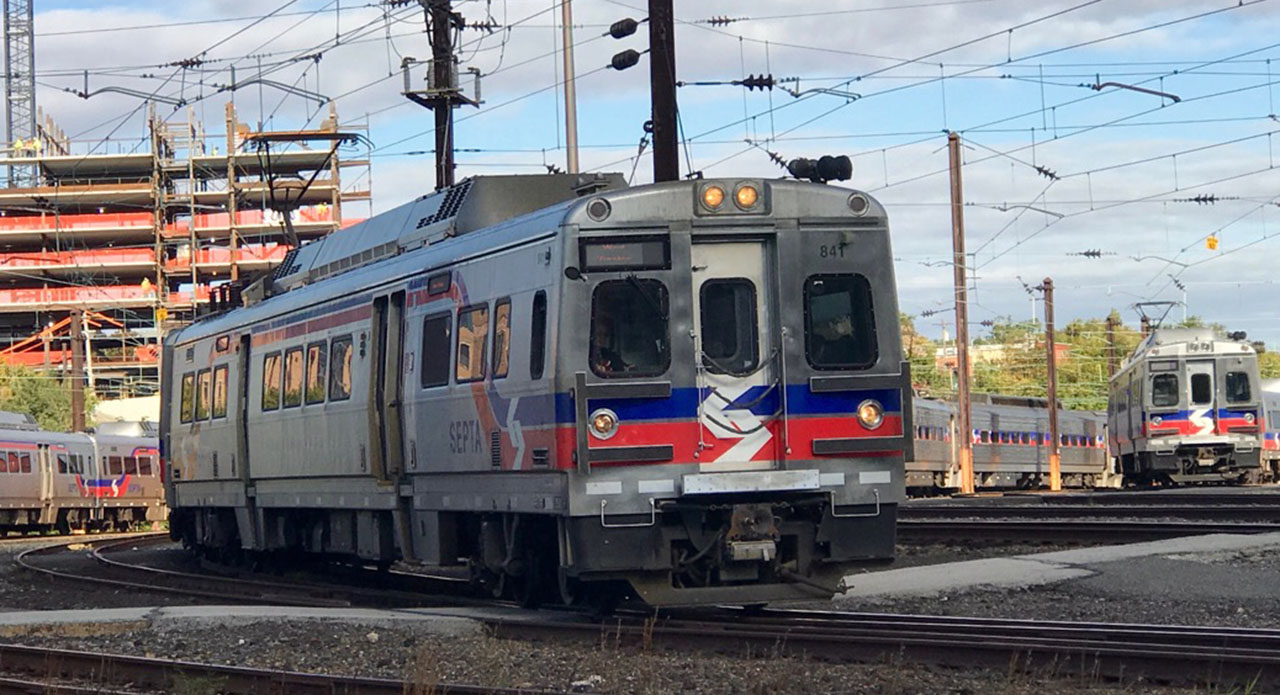Leave it to the Brits to create an incredible tool for examining America’s own crisis of traffic fatalities. Behold this somber map, made by ITO World, a UK-based transportation information firm. Each dot on the map is a traffic-related death. The entire eastern United States is blanketed with them.
The purple dots represent vehicle occupants – not necessarily drivers – who were killed. It may look like a lot of purple, and it certainly is, but when you zoom in closer you see a lot of blue dots, for pedestrians, as well as an awful lot of yellow dots, for motorcyclists. The green dots for bicyclists are fewer and farther between, but if you zoom into the cities, you’ll find them. Each dot even lists the year of the crash and the victim’s age and gender.
ITO World got their fatality data from the Fatality Analysis Reporting System of the National Highway Traffic Safety Administration. It appears they've captured not just fatalities on highways but on local streets as well.
The World Health Organization reports 12.3 annual traffic deaths per 100,000 inhabitants in the United States. Compare that with 3.85 in Japan and 4.5 in Germany. If the U.S. achieved similar rates, more than 20,000 deaths would be prevented each year.
This map is a useful way of visualizing the terrible consequences of our auto-addicted culture. Beyond that, it can be an indispensable tool for community transportation advocates to show local officials where problem spots are and how their community compares to others.





